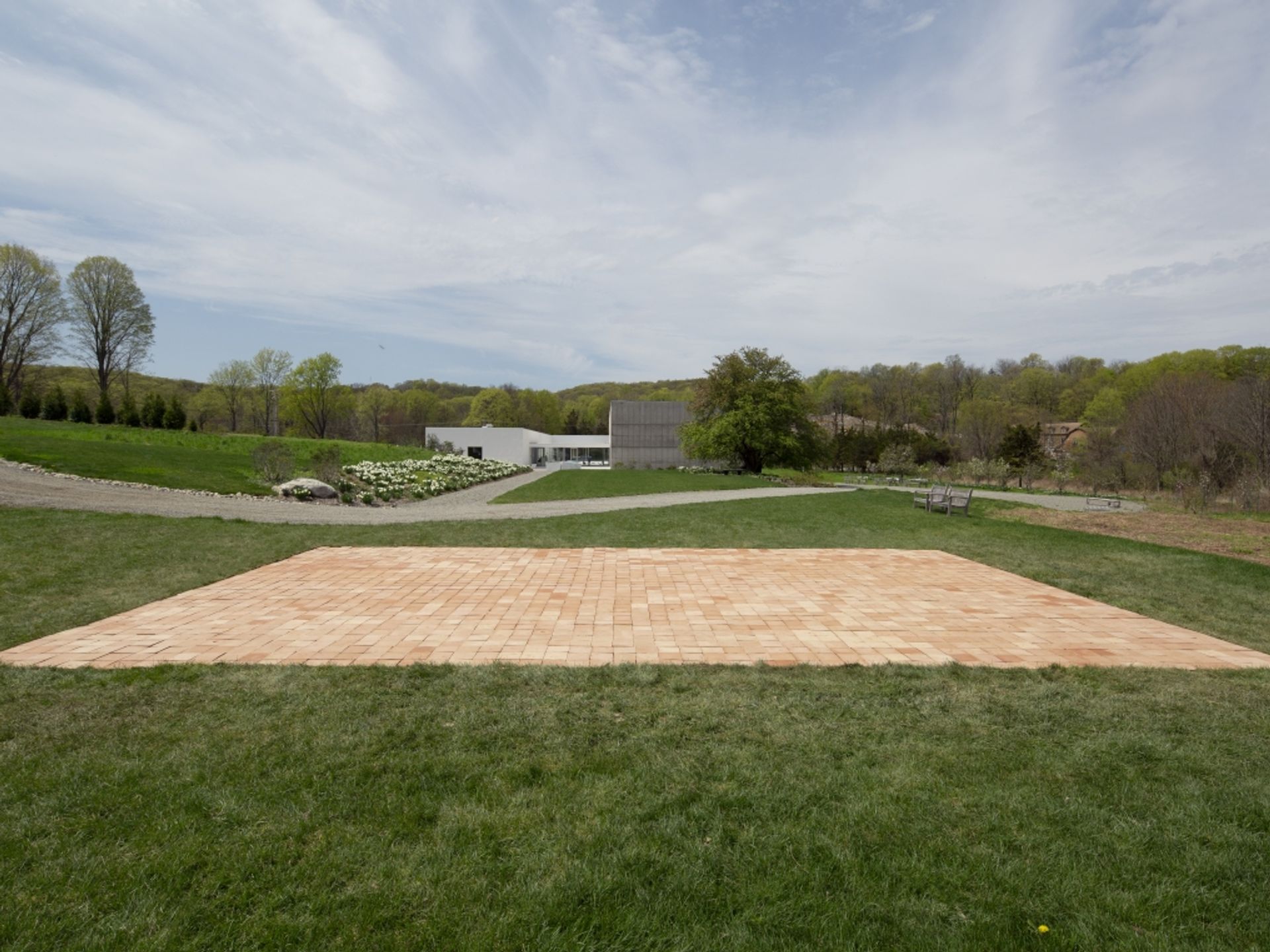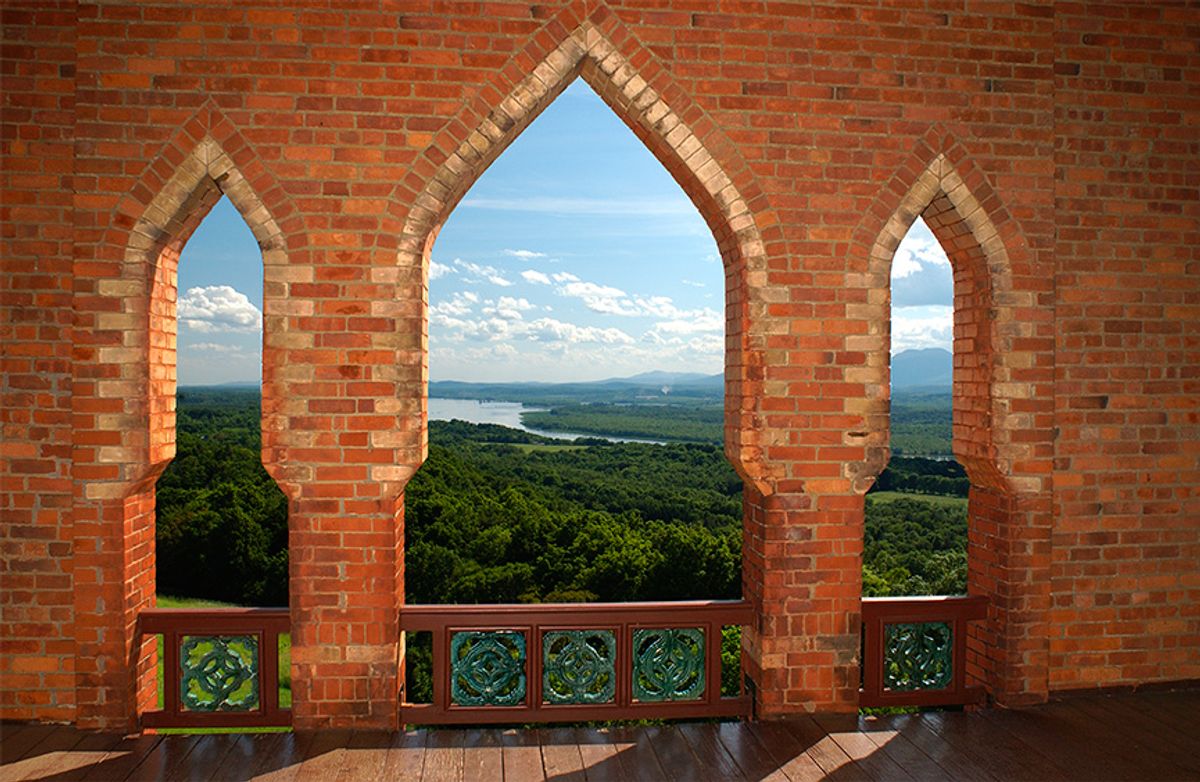In the Divine Comedy, Dante’s reaching middle age—then 35 years old—motivates his formative quest through the afterlife, from the infernal levels of Hell up to the celestial spheres of Heaven. For my 33rd birthday this past weekend, I undertook my own journey to find some artistic inspiration through Upstate New York’s heavenly vista.
My first stop was Round Top, a hamlet with a natural beauty equal to Dante’s Paradise, and Glen Falls House, a 130-year-old landmark hotel revamped by the poet Jonathan Picco and the nightclub owner Greg Brier. The hotel’s artist-in-residence Jeff Vaughan, who turned a tool shed into his studio where he makes work using objects in the surrounding property, told me he plans to transform the space into a gallery for local artists. Jeff first met Greg two decades ago in Miami, where he created light installations for local nightclubs.

Glen Falls House Courtesy of Glen Falls House. Photo: Jacob Pritchard
Saturday morning started with a trip Petronio Residency Center, a dancers’ retreat founded by the choreographer and dancer Stephen Petronio who walked me through the property’s miniature organic farm, Mr Frida’s, named after a macaw owned by the garden’s funder, the photographer Cindy Sherman. In fact, the master choreographer’s longstanding friendships with major artists helped him build the residency, with a rehearsal studio named after Anish Kapoor, who donated a sculpture to cover construction costs, and the entry gates named after the painter and long-time supporter Cecily Brown. I continued my odyssey with magnificent views of the Hudson River Valley framed by Moorish-style architecture at the Olana House Museum, which was designed by the architect Calvert Vaux in close consultation with its former owner, the painter Fredric Church, following a trip to the Middle East.

Installation view of Renato Leotta's Notte di San Lorenzo, (New York City) at Magazzino Italian Art Foundation Photo: Alexa Hoyer
On Sunday, I journeyed south to Cold Springs’ Magazzino Italian Art Foundation to watch the 1960s comic film Divorzo all’Italiana (Divorce Italian Style), starring Marcello Mastroianni, as part of their Cinema in Piazza series. While there, I walked across Renato Leotta’s outdoor terracotta installation, Notte di San Lorenzo, originally made in the artist’s Sicilian garden, where lemons ripened and fell from their trees onto soft clay to create poetic traces of time’s passage across hundreds of tiles. Inside, talking with the curator Vittorio Calabrese about the subject of time amid the museum’s grand Arte Povera collection, he pointed to Adamo ed Eva (1962-87), one of Michelangelo Pistoletto’s well-known Mirror Paintings, which transposes representations of the biblical figures into modern day surroundings. Pistoletto’s models for his Mirror Paintings were often peers or friends, and an expert from the artist’s foundation, who came to Magazzino during the work’s installation, recognised his own buttocks in the otherwise anonymous Adam.
Returning to New York on a late-night train from Hudson during the final minutes of my birthday, thinking about the impossibly rapid flow of time, a line from Mastroianni’s film kept me hopeful: “Life starts at 40!”


